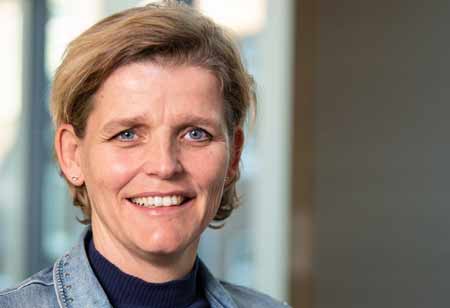Thank you for Subscribing to Healthcare Business Review Weekly Brief

Maastricht UMC+: Maximising the Effectiveness of Training Programs for Healthcare Professionals
Healthcare Business Review
What are some of the challenges you faced while training your staff, and how has your organisation introduced a unique medical training approach?
Training medical staff has undergone a tremendous transformation since its advent in the early twentieth century. Back then, the number of surgeries you’ve done determined your readiness for real-life cardiac surgeries.
But today, here at Maastricht UMC+, our cardiac surgeons follow a classic training program, which we like to call the ‘master-student relationship,’ where we have our residents in the operating room with us all day, constantly observing us perform complex procedures and learn new techniques. This facilitates an interactive and collaborative learning experience where trainees and supervisors work closely together. And this is how we train our residents.
Some of the new aspects of our medical training program called the Entrusted Professional Activities (EPAs), are where residents learn how to perform surgery, provide patient care, and cope with acute medical situations. This emphasises the role of trust between trainees and supervisors. So, after the residents prove they’re capable of carrying out these duties, we put our trust in them to confidently carry out medical procedures on their own.
Could you provide an overview of the whole cardiac surgery training program employed in your organisation?
Maastricht UMC+ offers residency training programs that are traditionally for five and a half years.
Given that medical care follows a people-centric approach, what are some of the projects you take up with your trainees to instil that message in them?
Our people-centric approach starts by showing our trainees how to perform medical procedures effectively, and this is done by performing surgeries alongside them.
So, when we talk to trainees and connect with them, we ask them all sorts of relevant questions like, “What can you see?”“What can you hear?” and “What elements do you have to pay close attention to?”to test their level of surgical competence. Following this, the trainees are required to perform procedures under different supervisors. The success of the training depends on the supervisor’s feedback and objective metrics of the trainees’ performance during their practical hands-on training. Once the supervisors are satisfied, the trainees are deemed ready to participate in real-life surgical procedures.
Most residents had previously worked in our department before their formal surgical training started. As a result of their prior experience, they can shorten their training time in half as they are already acquainted and familiar with numerous aspects of the surgical training processes.
Our unique integrated program curriculum begins in the intensive care units (ICUs) and the operating rooms (ORs). During their five-year training period, residents undergo different levels of training in the ICU, along with training in congenital heart surgery in cardiology and pulmonology in the ORs. At the end of the five-year training period, trainees pick one specialised area of cardiac surgery.So that’s how it works. The residents must attend various courses, and visit congresses, all of which are included in their training program.
Looking For Gaps, Searching For Trends And Continuously Improving Should Be Hallmarks Of Any Analytics Strategy
What exactly inspired you to be a trainer and shift towards a more training-oriented cardiac surgery?
I believe that training is in my blood. I believe in training residents by giving them confidence and trust to excel at their medical training. I assist them if they face any problem or find themselves in a difficult scenario. So, certainly, I consider my training capability a gift, to instil trust and confidence in younger residents and teach them the relevant skills. And that’s primarily what drove me to become a trainer.
Is there any advice you would like to give your counterparts while providing training in the medical industry?
The most important aspect while working in a sector like mine, is to be extremely confident in your abilities, and to be able to communicate that confidence to the residents. That is one of the most important aspects. I believe that a part of being a good trainer is having leadership skills. That is also why I pursued a business administration degree in healthcare management so that I can learn about the healthcare sector, how to lead residents through complex challenges they face while training, and understand how various individuals see the overall healthcare industry.









